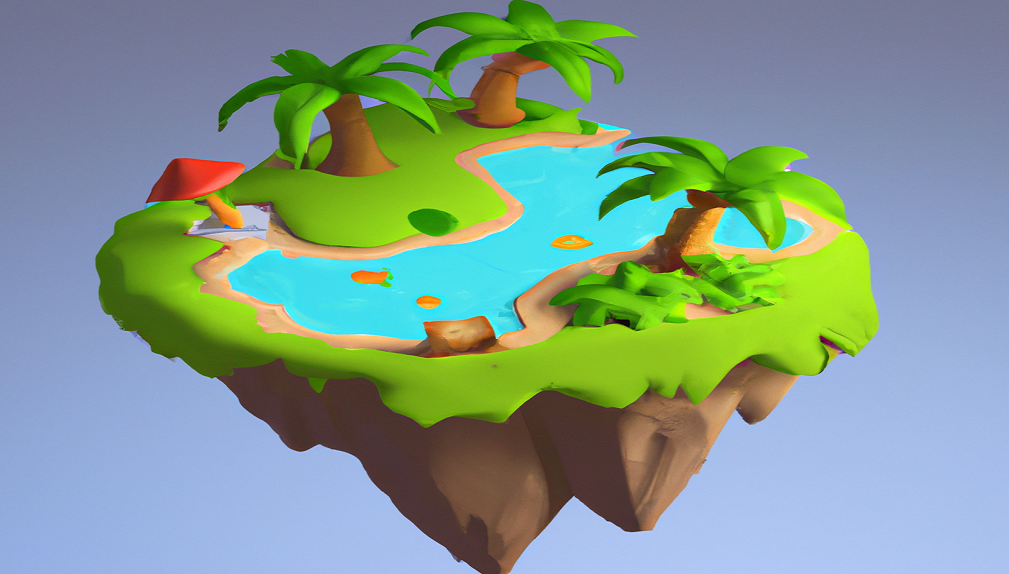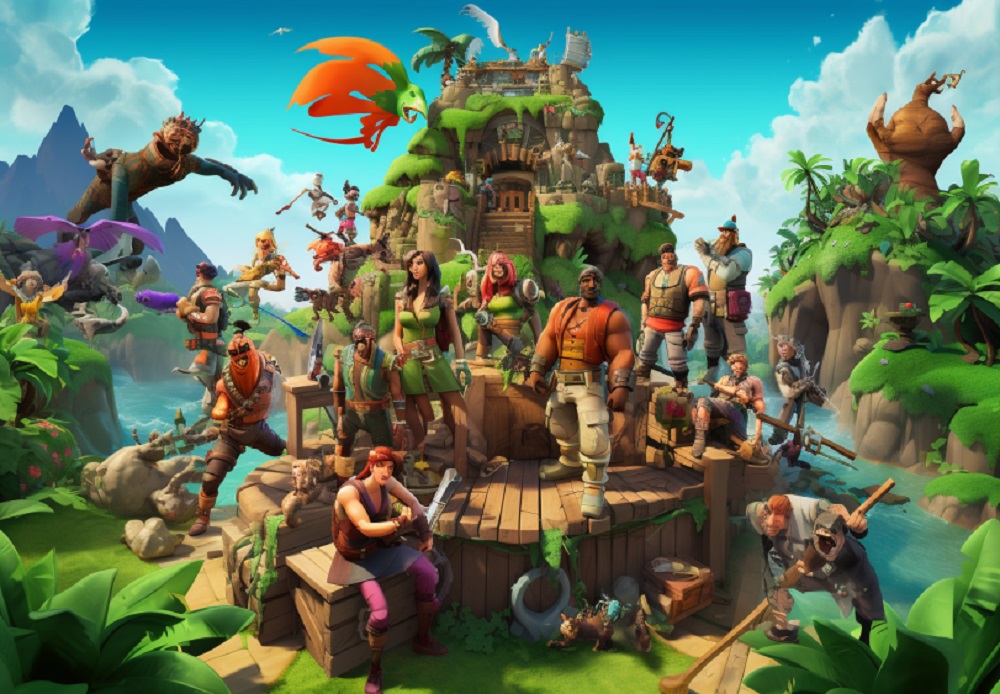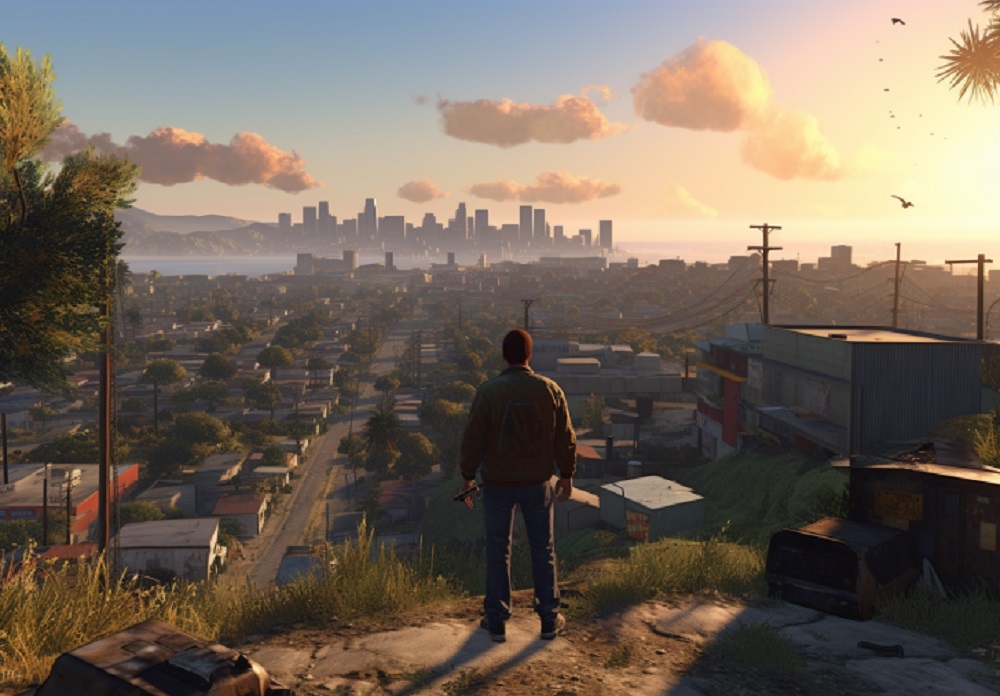Procedural Playgrounds: Generating Infinite Game Possibilities
The world of video games has come a long way since its inception. From simple 2D platformers to complex, multi-layered games with intricate storylines and massive open-world environments, gaming technology has advanced significantly. One of the most exciting recent developments in the gaming industry is the rise of procedural generation, a technique that uses algorithms to generate content in real-time. This has opened up a whole new realm of possibilities for game developers and players alike, as they can create and explore dynamic, ever-changing virtual environments.
What is Procedural Generation?
Procedural generation is a process that uses algorithms to randomly generate content in real-time. It's a powerful tool that has been widely used in video games to create vast, complex virtual environments, game elements, and even entire games.
One of the key benefits of procedural generation is that it enables game developers to create vast amounts of content with relatively little effort. By using algorithms to randomly generate elements such as terrain, structures, creatures, and items, developers can create dynamic, ever-changing virtual environments that are much larger and more detailed than what could be created by hand.
Procedural generation can also be used to generate entire games, from rules and mechanics to levels and challenges. In this way, procedural generation can help to create truly unique and unpredictable gaming experiences, as no two play-throughs will be exactly the same.
Applications of Procedural Generation in Gaming:
There are many different ways in which procedural generation can be used in video games. Some of the most common applications include:
- Open-World Environments:
One of the most common applications of procedural generation in video games is the creation of vast, open-world environments. By using algorithms to generate terrain, structures, and other elements, game developers can create massive virtual environments that players can explore and interact with. This can help to create a sense of vastness and freedom, as players are free to wander and discover new areas and hidden secrets.
- Level Design:
Procedural generation can also be used to create levels and challenges in video games. By using algorithms to generate obstacles, enemies, and other elements, developers can create levels that are different every time they are played, providing players with a unique and unpredictable gaming experience. This can be particularly useful for games with rogue-like elements, where players must navigate randomly generated dungeons and face unexpected challenges.
- Game Mechanics:
In addition to creating virtual environments and levels, procedural generation can also be used to generate game mechanics and rules. For example, a game could use procedural generation to determine the abilities and strengths of enemies, the layout of items and weapons, or the overall difficulty of the game. This can help to create a more dynamic and unpredictable gaming experience, as players are forced to adapt to changing conditions and strategies.
- Character Creation:
Procedural generation can also be used to create unique and diverse characters in video games. By using algorithms to randomly generate physical characteristics, abilities, and personalities, developers can create a diverse cast of characters that players can interact with and control. This can help to create a rich and immersive gaming experience, as players can forge relationships with a variety of characters and explore the virtual world through their eyes.
Benefits of Procedural Generation in Gaming:
There are many benefits to using procedural generation in video games, some of which include:
- Unlimited Content:
One of the biggest benefits of procedural generation is that it enables game developers to create unlimited amounts of content with relatively little effort. By using algorithms to generate elements such as terrain, structures, creatures, and items, developers can create virtual environments that are much larger and more detailed than what could be created by hand. This allows for a much greater level of replayability, as players can explore new areas and discover new secrets each time they play.
- Unique and Unpredictable Gaming Experiences:
Another major benefit of procedural generation is that it creates unique and unpredictable gaming experiences. By generating elements such as levels, obstacles, enemies, and game mechanics in real-time, no two play-throughs will be exactly the same. This helps to keep players engaged and on their toes, as they must constantly adapt to changing conditions and strategies.
- Increased Replayability:
Procedural generation also helps to increase replayability by creating vast, dynamic virtual environments that are different every time they are played. This means that players can keep coming back to the game and discovering new areas, secrets, and challenges, adding to the overall longevity of the game.
- More Dynamic and Immersive Gaming Experiences:
Procedural generation also helps to create more dynamic and immersive gaming experiences. By generating characters with unique physical characteristics, abilities, and personalities, players can interact with a diverse cast of characters and explore the virtual world through their eyes. This helps to create a rich and immersive gaming experience that players will not soon forget.
Drawbacks of Procedural Generation in Gaming:
While there are many benefits to using procedural generation in video games, there are also some drawbacks that should be considered. Some of the most common drawbacks include:
- Lack of Control:
One of the biggest drawbacks of procedural generation is that it can be difficult for game developers to control the outcome. This means that the content generated by the algorithms may not always be suitable for the game, or may not meet the developer's desired quality standards.
- Unpredictability:
Another drawback of procedural generation is that it can be difficult to predict the outcome of the algorithms. This can lead to unexpected results and glitches, which can detract from the overall gaming experience.
- Limited Customization:
Procedural generation also has limitations when it comes to customization. While it is possible to set certain parameters and rules for the algorithms, it can be difficult to create specific elements or environments by hand.
Bottom-Line:
Procedural generation is a powerful tool that has been widely used in the gaming industry to create vast, complex virtual environments and unique gaming experiences. From open-world environments and level design to game mechanics and character creation, there are many different applications of procedural generation in video games. Despite some of its drawbacks, such as a lack of control and unpredictability, procedural generation has the potential to revolutionize the way we play and create video games. By enabling game developers to create unlimited amounts of content with relatively little effort, procedural generation has the potential to create truly unique and unpredictable gaming experiences that will keep players engaged for years to come.






